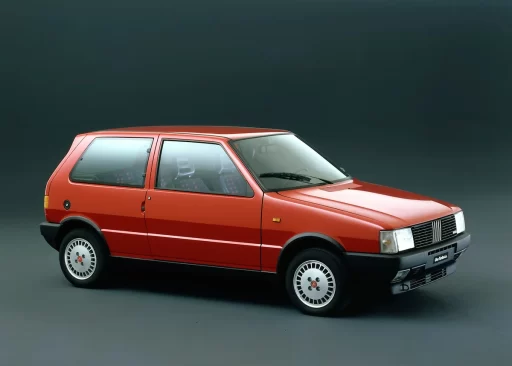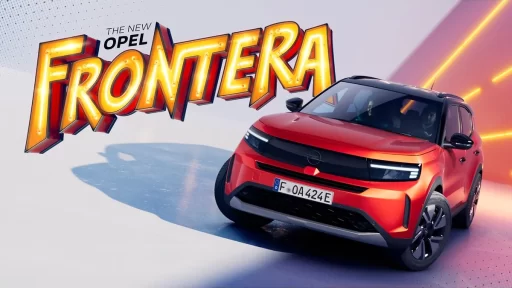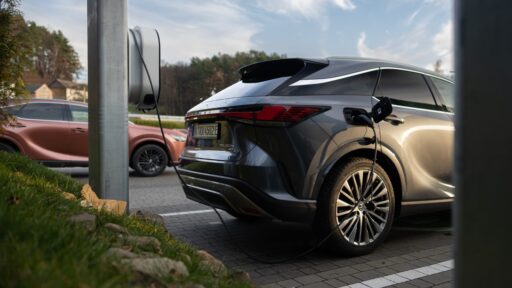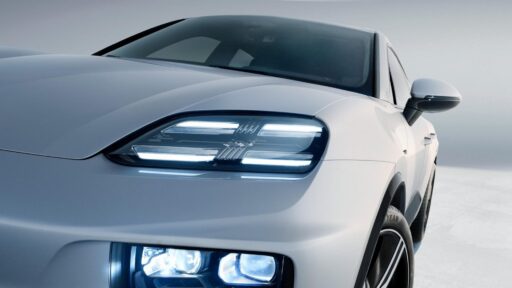Forty years after it first hit the streets, the Fiat Uno Turbo i.e. remains an icon of Italian automotive culture—an energetic fusion of hatchback practicality and turbocharged thrills that redefined the B segment and captured the spirit of a generation.
Born in 1985, it wasn’t just a car—it was Fiat’s bold answer to the wave of compact performance cars sweeping through Europe, and it delivered in spades with a blend of lightweight engineering, sharp styling, and cutting-edge tech.
READ MORE: All-New Citroën C5 Aircross Debuts with More Space, Comfort, Advanced Tech, and Electric Option
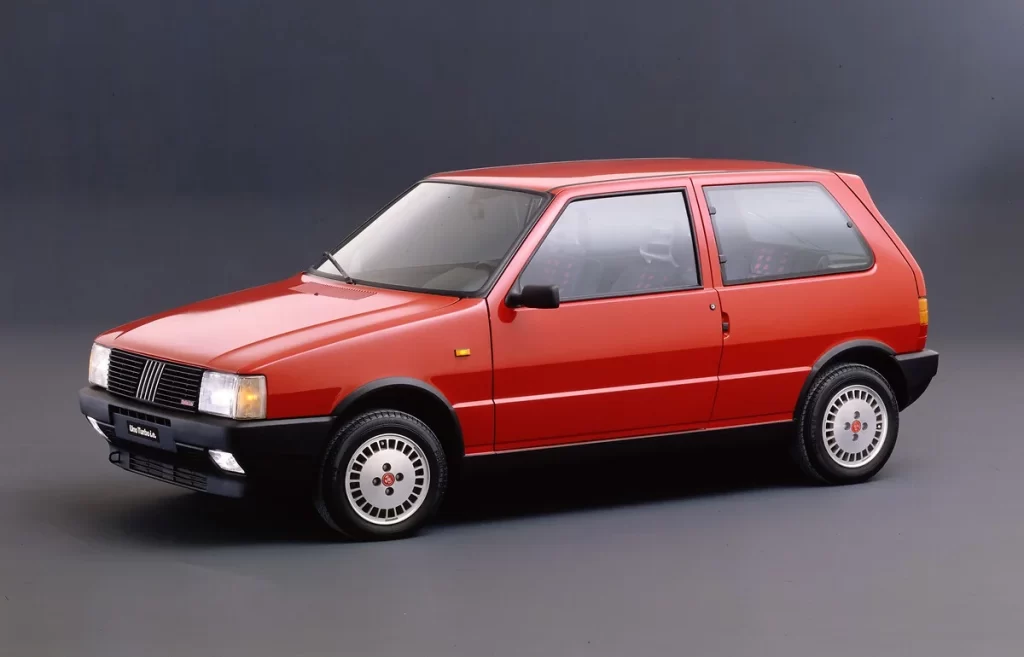
The first series, produced between 1985 and 1989, featured a 105-hp 1.3L engine paired with Bosch electronic fuel injection and Magneti Marelli ignition. Weighing just 845 kg, the Uno Turbo could rocket from 0 to 100 km/h in 8.3 seconds, topping out at 200 km/h—a benchmark for its class.
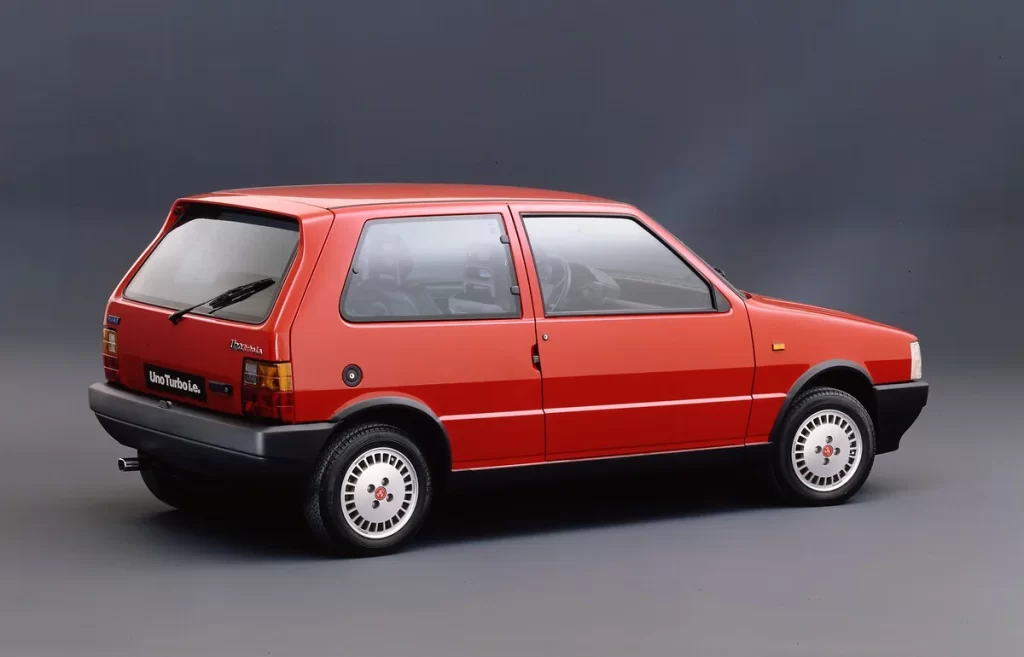
A water-cooled IHI VL2 turbocharger, air-to-air intercooler, and front ventilated disc brakes reinforced its performance edge, while details like a digital or analog dashboard, check panel diagnostics, and a red-accented interior with an oval chrome exhaust gave it unmistakable style.
The chassis and five-speed gearbox—borrowed from the Ritmo 105 TC—gave it real driving credibility, and endorsements from drivers like Michele Alboreto only added to its allure.
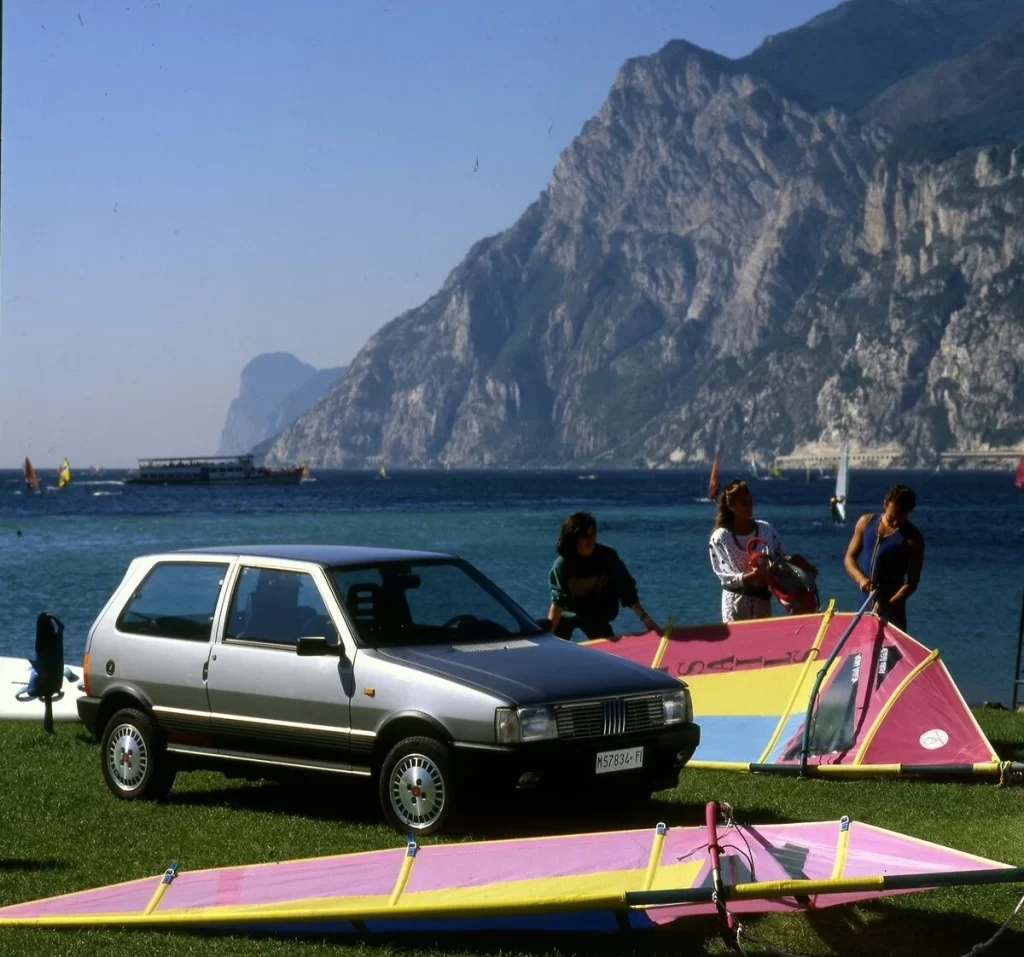
Subsequent updates kept the excitement alive. A 1986 refresh introduced new colors and a more visible green digital dash, while the 1988 model brought the innovative (though flawed) “Antiskid” system. But it was the second-generation (1989–1994) that truly matured the formula.
Now with a 1,372 cc engine, Garett T2 turbo, and 116 hp, it dropped the 0–100 time to 7.7 seconds and featured a more refined aesthetic with integrated spoilers, new alloy wheels, and upgraded interiors including a Momo steering wheel, reclining ergonomic seats, and optional comforts like sunroof and remote locking.
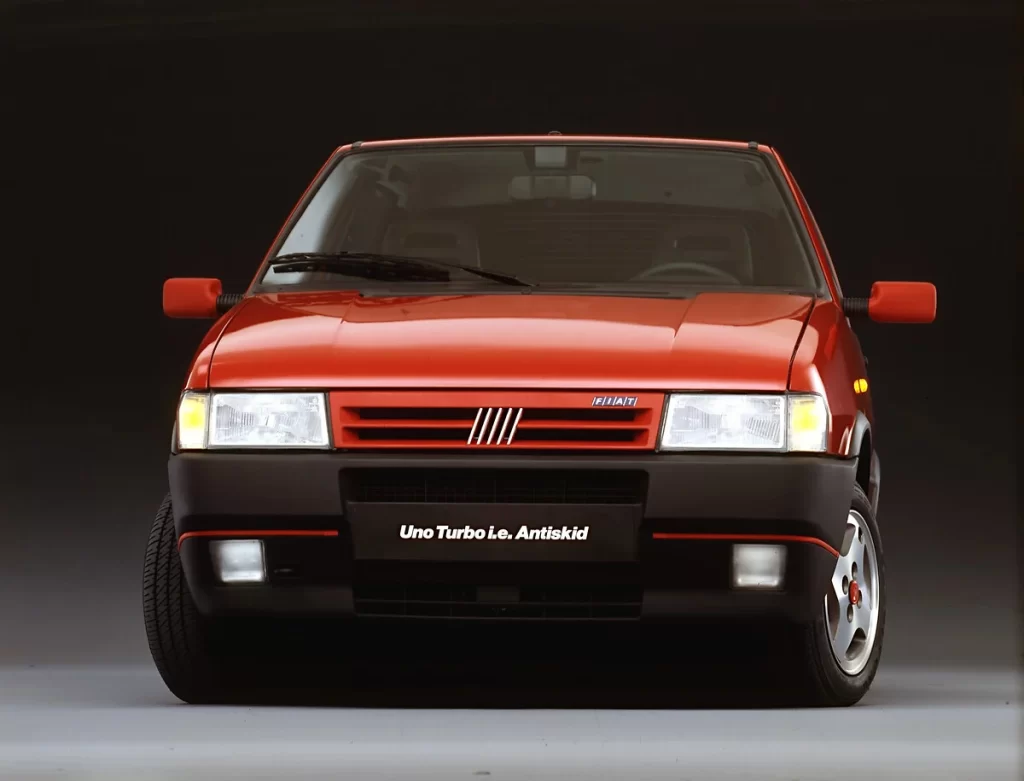
A catalyzed version followed to meet Euro 1 emissions standards, and a Racing edition offered even more exclusivity.
Beyond the factory models, custom coachbuilders like Moretti, Scioneri, Giannini, and Hormann added their own flair, transforming stripped-down Uno Turbo shells into luxurious, one-off creations with features like leather or Alcantara trim, briarwood dashboards, low-profile tires, and even air conditioning—a rare treat in its class.
Produced until 1994, the Uno Turbo was eventually succeeded by the Punto GT, but it had already cemented its legacy. More than 50,000 units were built, many of which were lovingly customized, raced, or simply driven with passion.
It offered an affordable entry point to high performance, retailing at 14.45 million lire in 1985—yet today, pristine examples can fetch upwards of €20,000, a testament to its enduring appeal.
According to Roberto Giolito, Head of Stellantis Heritage, the Uno Turbo wasn’t just a car—it was a dream machine for a generation. It embodied freedom, speed, and individuality at a time when turbochargers were still exotic and excitement didn’t come from a screen.
Its distinctive sound, no-frills performance, and bold design helped it stand out in a crowded market of “pocket rockets,” and its influence still resonates with enthusiasts today.
In the words of Vasco Rossi, the Uno Turbo spoke to a generation that wanted to live fast and chase something a little wild. And four decades on, its roar still echoes—not just as a relic of the past, but as a celebration of spirited driving and daring design that refuses to be forgotten.
Subscribe today for the freshest car news delivered to your inbox
